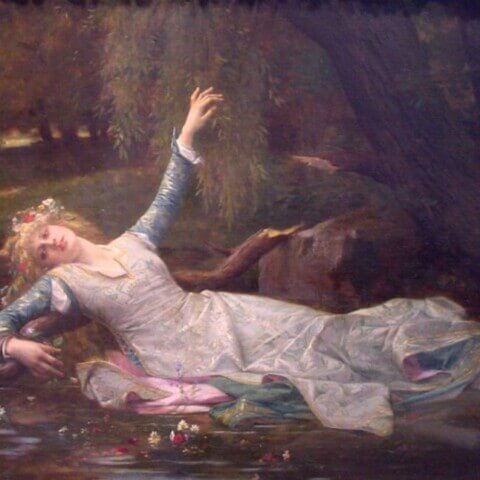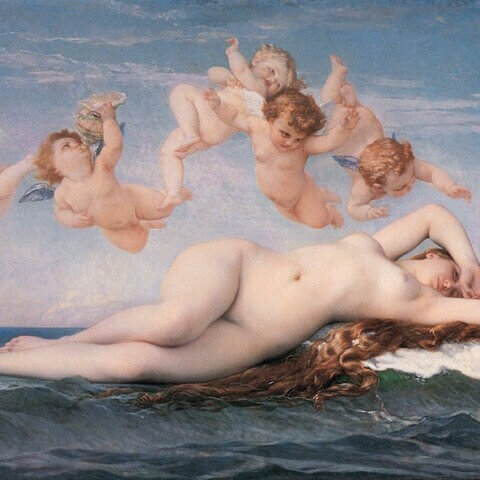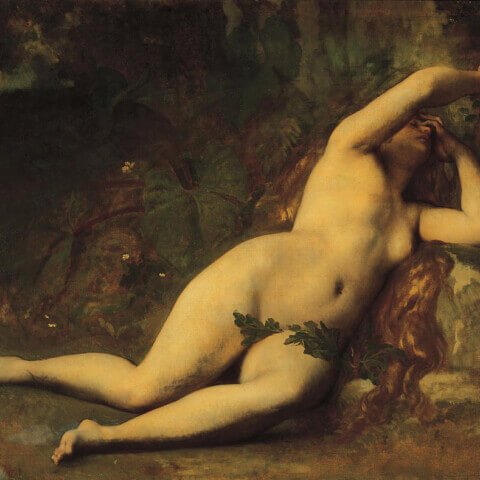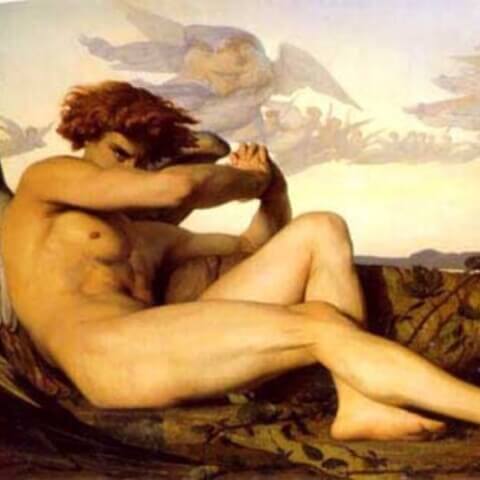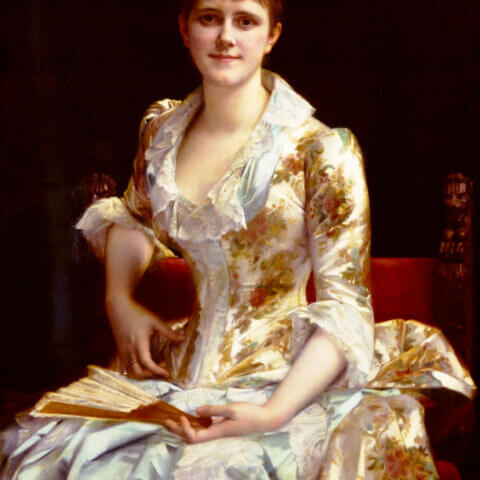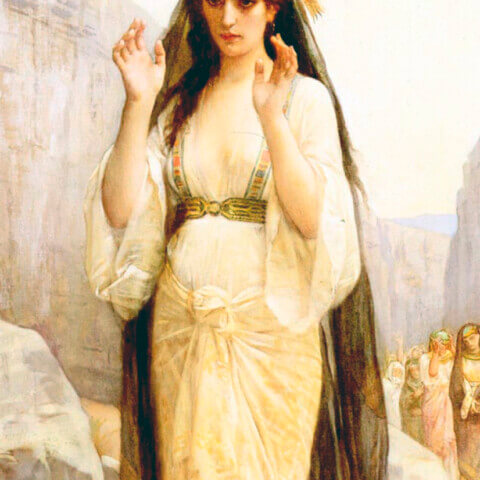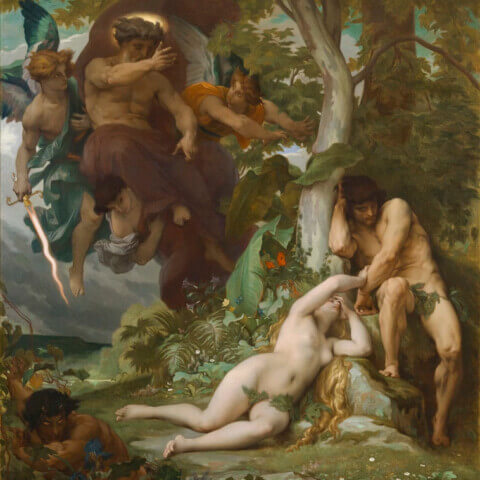Alexandre Cabanel
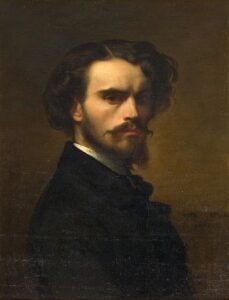
Alexandre Cabanel (1823-1889) was a celebrated French painter who held a distinctive position in the realm of academic art during the 19th century. Born in Montpellier, Cabanel developed his artistic prowess at the École des Beaux-Arts in Paris under the tutelage of François-Édouard Picot. His paintings, marked by their exquisite romantic sensibilities and technical precision, embodied the ideal aesthetic of the French Academy.
Cabanel’s breakout moment arrived in 1845 when his piece “The Agony in the Garden” won him the Prix de Rome. This success earned him prestigious commissions and prominence within artistic circles. One of his most famous works, “The Birth of Venus” (1863), typifies his affinity for mythical and biblical themes, and demonstrates his masterful control of academic techniques.
A respected educator, Cabanel taught at the École des Beaux-Arts, where he trained a generation of artists, including Henri Gervex and Fernand Khnopff. As an artist, his conservative style became emblematic of the official taste of Napoleon III’s regime and was regularly featured at the Paris Salon. Though his popularity declined with the rise of Impressionism, Cabanel’s role in shaping French academic art and his undoubted technical mastery cement his enduring legacy. His works can be admired today in many major galleries worldwide.

